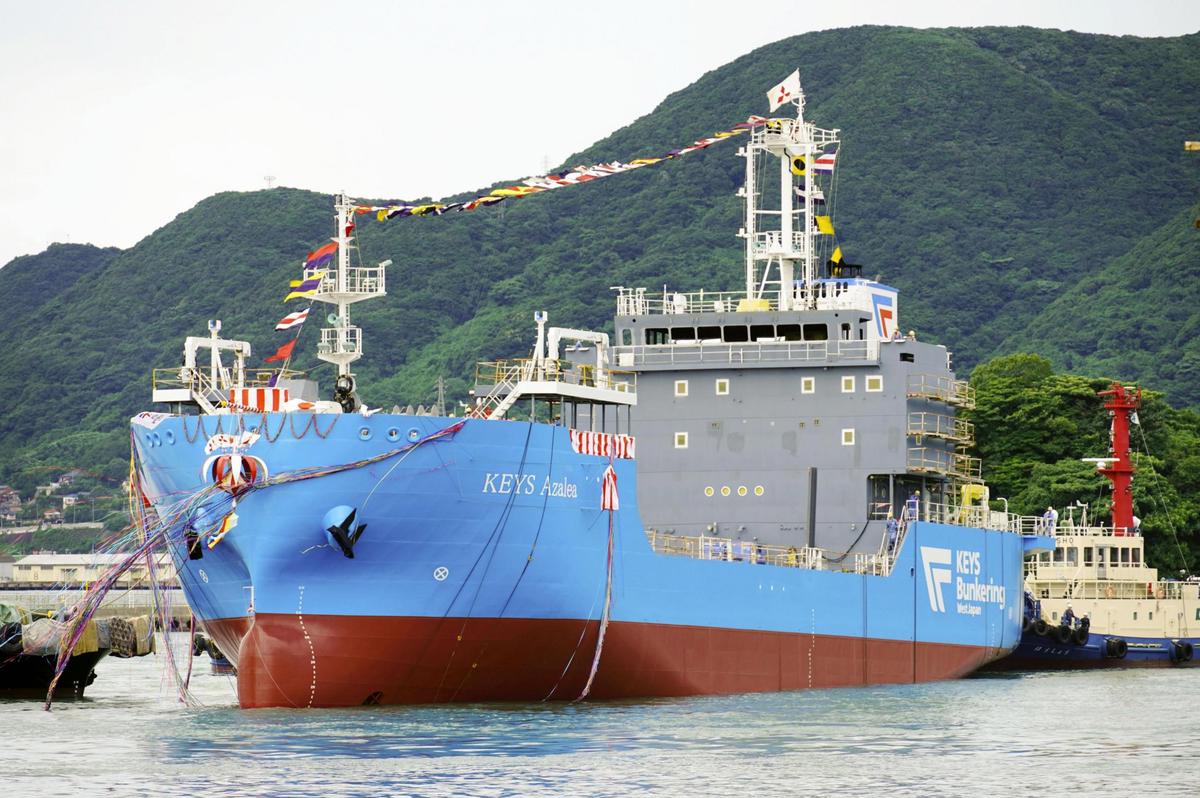Mitsubishi looks to tackle methane slip from LNG vessels
Mitsubishi Heavy Industries has started testing a methane slip reduction system on an LNG bunker vessel.
 IMAGE: The KEYS Azalea LNG bunker vessel. Vesselfinder
IMAGE: The KEYS Azalea LNG bunker vessel. Vesselfinder
LNG-capable vessels and LNG carriers are susceptible to methane slip, which occurs when unburnt methane gas escapes into the atmosphere during storage, transfer or combustion in engines.
Methane has a global warming potential (GWP) that is 27–30 times greater than that of carbon dioxide (CO2) over a 100-year period.
GWP measures how much heat a greenhouse gas traps in the atmosphere compared to CO2 over a set timeframe - typically 20 years or 100 years.
To address this, Mitsubishi's system will oxidise the slipped methane by converting it into CO2 and water through a chemical reaction with oxygen. This system is being developed in collaboration with Japanese engine manufacturer Daihatsu Infinearth.
An initial onshore engine test confirmed a methane oxidation rate of at least 70%.
Then this month, they started testing the system on the LNG bunker vessel KEYS Azalea in Japan. The vessel is operated by Japanese LNG supplier KEYS Bunkering West Japan and was built by Mitsubishi Shipbuilding.
Mitsubishi says the demonstration tests will continue for one year.
By Tuhin Roy
Please get in touch with comments or additional info to news@engine.online





